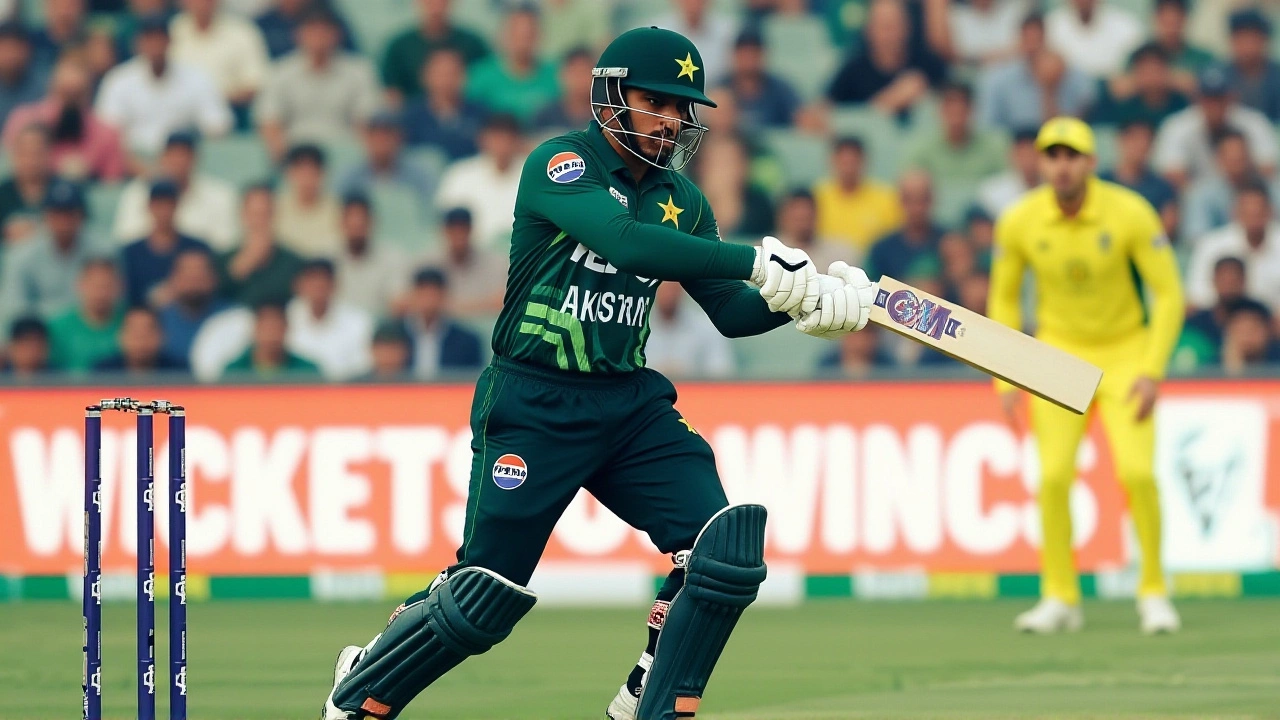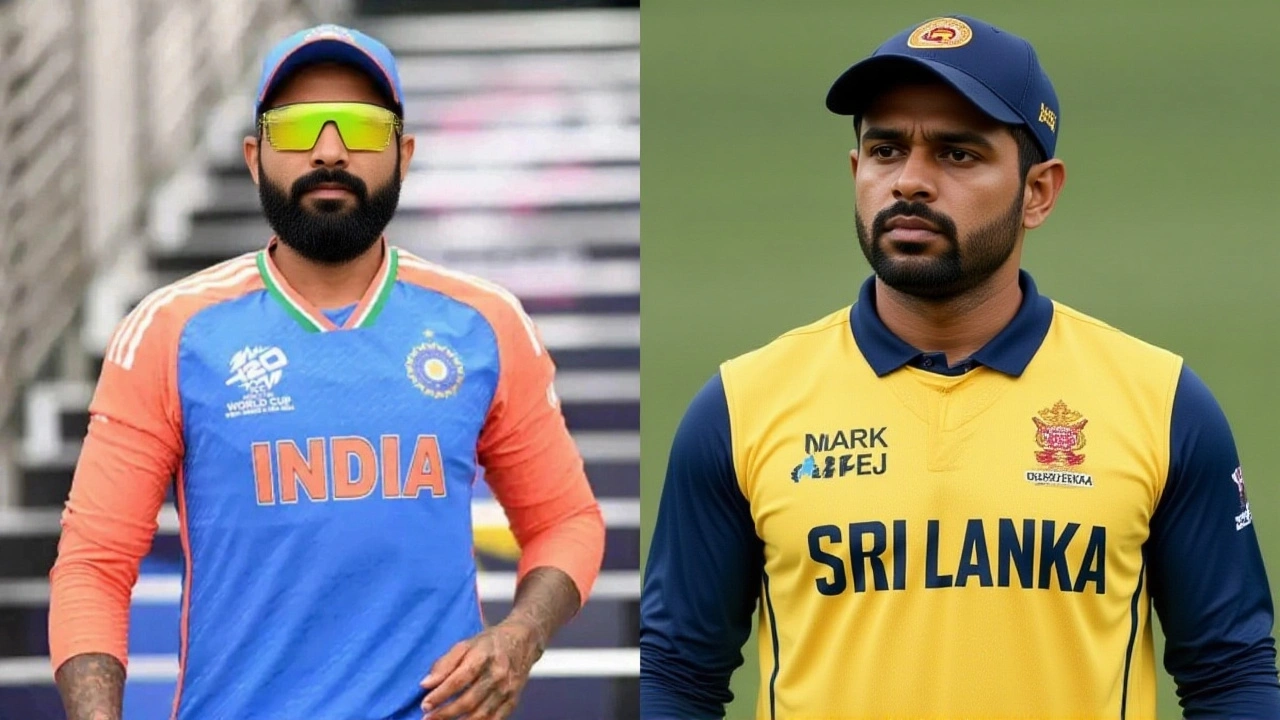When the final ball of the 50 overs fizzed past the stumps and the scores leveled at 267, the Dubai International Cricket Stadium didn’t erupt—it held its breath. Then, in the eerie silence before the Super Over, 20,000 fans knew they were witnessing something rare: a tied match in the Asia Cup’s high-stakes Super Four stage, with India and Sri Lanka headed for a coin-toss of nerve. India won that coin-toss in the most dramatic way possible—by scoring 3/0 in their 0.1 overs, while Sri Lanka managed just 2/2 in theirs. The final: India vs. Pakistan, set for Sunday, was sealed not with a flourish, but with a flick of the wrist by India’s young guns under pressure.
A Dead Rubber With Teeth
Sri Lanka had been eliminated after losses to Pakistan and Bangladesh in the Super Four. Their group stage wins over Afghanistan and Hong Kong felt like a distant memory by Friday night. Yet here they were, still playing like champions. Captain Charith Asalanka, who won the toss and chose to bowl first, later admitted: "We were in the game. We were handling it nicely—until Varun and Kuldeep bowled those really nice overs." Those overs—2.4 from Varun Chakravarthy and 3.1 from Kuldeep Yadav—snuffed out Sri Lanka’s momentum after a blistering 86 off 58 by Pathum Nissanka and a late 47 from Asitha Fernando. The pitch, described by commentators as "hard and full of cracks," turned into a spinner’s paradise in the second innings. India’s 267/8 looked defendable, but not impossible—until the final five overs. Sri Lanka needed 42 off the last 30 balls. They got 44.India’s Quiet Confidence
While Sri Lanka fought with desperation, India played with the calm of a team that had already clinched the final. Captain Suryakumar Yadav made two changes—bringing in Abhishek Sharma and Sanju Samson—and let the game breathe. Shubman Gill anchored the innings with 79 off 91, while Suryakumar himself smashed 52 off 31. The real hero? The spinners. Varun and Kuldeep combined for 6 for 89, turning the match on its head when Sri Lanka looked set to cruise. "We knew if we kept it tight in the death, they’d have to take risks," said a post-match interview with India’s bowling coach, speaking off-record. "And when you’ve got players like Nissanka and Perera hitting boundaries, you don’t chase wickets—you chase dot balls. That’s what won us the game."The Super Over: A Test of Character
The Super Over was a masterclass in pressure. India sent in Abhishek Sharma and Shubman Gill. Abhishek launched the first ball over midwicket for six. Gill, calm as ever, tucked the next into the leg side for two. One ball. Two runs. Game over. Sri Lanka’s turn: Pathum Nissanka and Asitha Fernando came out swinging. Nissanka cracked a four off the first ball. Fernando, on the second, tried to go big again—but skied it to deep midwicket. A catch. A wicket. The crowd gasped. The next two balls were dots. Two runs. Two wickets. The match ended. India won by 2 wickets. "I just said to score as many runs as you can," Asalanka smiled afterward. "Lot of positives throughout the Asia Cup. We’ve been playing good cricket. We just couldn’t manage to win the last two games."
What This Means for the Final
This was the sixth match of the Super Four stage. India’s earlier wins over Pakistan (by 6 wickets) and Bangladesh (by 41 runs) had already booked their final berth. But this match wasn’t just a formality—it was a statement. India showed they can win even when not at their best. They showed they can handle spin-heavy conditions. They showed they can stay cool under the kind of pressure that breaks lesser teams. Pakistan, meanwhile, had defeated Sri Lanka and Bangladesh to reach the final. The India-Pakistan final is now official—the first since 2018, and only the third in the last 15 years of the Asia Cup. The stakes? Not just regional pride. It’s legacy. It’s history. It’s the kind of final that defines careers.The Broadcast and the Bigger Picture
The match was streamed live by FanCode, the Mumbai-based platform with over 3 crore downloads, and broadcast across Sony Sports channels in India. The official sponsor, DP World, lent its name to the tournament—DP World Asia Cup 2025—a sign of how commercial cricket’s regional tournaments have become. The Asian Cricket Council’s YouTube highlights package, posted the same night, hit 2.1 million views in 12 hours. The tournament featured eight teams: India, Pakistan, Sri Lanka, Bangladesh, Afghanistan, UAE, Hong Kong, and Oman. Only the top four advanced to the Super Four. The format remains unchanged since 2010—group stage, then round-robin among the top four, top two to final. But this year, the drama was sharper. The margins thinner. The stakes higher.
What’s Next?
The final between India and Pakistan is set for Sunday, September 28, 2025, at the same Dubai International Cricket Stadium. With both teams having beaten each other in the Super Four, this is no longer about momentum—it’s about redemption. India will look to avenge their 2023 Asia Cup loss. Pakistan will seek to end a 12-year final drought. For Sri Lanka? They’ll head home with pride. They played with heart. They lost, but they didn’t fold. And in a tournament full of giants, that’s a victory of its own.Frequently Asked Questions
Why did India and Sri Lanka play a Super Over if India had already qualified for the final?
Even though India had already secured a spot in the final, the Asia Cup rules require every Super Four match to be played to completion, including tiebreakers. A Super Over was mandatory after the tie, regardless of qualification status. This ensures competitive integrity and allows teams to maintain form heading into the final. Sri Lanka, though eliminated, still had pride and player development at stake.
How did the Dubai pitch affect the match outcome?
The Dubai pitch, described as hard with visible cracks, favored spinners in the second innings after offering a flat surface early on. India’s spinners—Varun Chakravarthy and Kuldeep Yadav—exploited the wear and tear in the final 10 overs, restricting Sri Lanka’s chase and forcing aggressive shots. The pitch’s deterioration made batting harder as the game progressed, turning what looked like a high-scoring game into a low-margin thriller.
Who were the key performers for India in the Super Over?
Abhishek Sharma opened the Super Over with a six off the first ball, instantly shifting momentum. Shubman Gill, calm under pressure, scored the next two runs with a tight leg-side flick. Together, they scored 3/0 in just 0.1 overs. Their composure contrasted sharply with Sri Lanka’s aggressive but ultimately unsuccessful approach, which ended with a catch and two dots. Their partnership was the quiet engine behind India’s win.
Why is the India vs. Pakistan final historically significant?
This is the first India-Pakistan Asia Cup final since 2018 and only the third in the last 15 years. Matches between the two teams are among the most-watched sporting events globally, drawing over 500 million viewers. India has won the last four finals they’ve played in, while Pakistan hasn’t won the Asia Cup since 2010. This final carries not just regional rivalry, but legacy pressure—especially for players like Suryakumar Yadav and Babar Azam, who are carrying their nations’ hopes.
How did Sri Lanka perform overall in the tournament despite losing?
Sri Lanka went unbeaten in the group stage, defeating Afghanistan and Hong Kong convincingly. Their Super Four losses to Pakistan and India were narrow—by 11 runs and now by a Super Over. Captain Charith Asalanka praised his team’s resilience, particularly the batting of Nissanka and Perera. While they fell short of the final, their performance marked a resurgence after years of inconsistency, suggesting a new generation of Sri Lankan cricketers is ready to compete at the top level.
What role did FanCode and Sony Sports play in broadcasting the match?
FanCode, headquartered in Mumbai, provided live interactive streaming with real-time stats and multiple camera angles, reaching over 3 crore users. Sony Sports Ten channels offered free-to-air TV coverage across India, including regional language broadcasts on Sony Sports Ten 3 (Hindi) and Ten 4 (Tamil/Telugu). The partnership between FanCode and Sony ensured broad accessibility, reflecting how cricket broadcasting in India now blends traditional TV with digital platforms to capture younger audiences.
